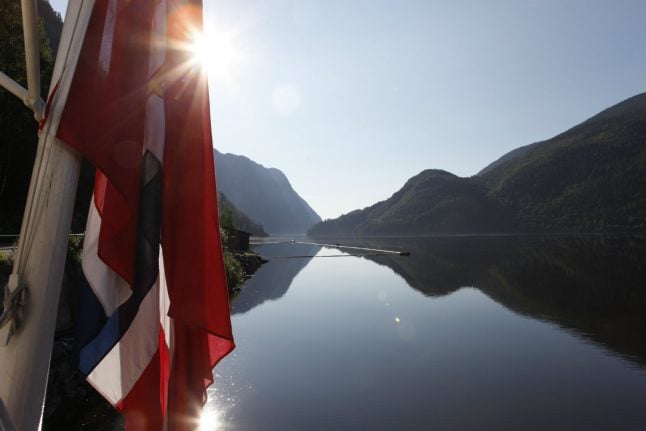Fishing enthusiasts have called for Norway’s state hydropower company Statkraft to build underwater steps to prevent the animal from disappearing from the lake, reports NRK.
“We don’t have time to wait for new reports. Action must be taken to save the trout now,” Tokke Municipality spokesperson Jarand Felland told NRK.
The rare species of the fish, described as “unique” by enthusiasts, has attracted recreational fishermen to the lake for over 100 years, according to the report.
Trout weighing up to 15 kilograms have been caught in the waters in the past – but few such examples remain, with estimates putting numbers between 55 and 120.
“The problem is that the development of hydropower in the 1960s has made the waterfall so high that the fish cannot get over it like they did in the past,” Felland said.
Old photographs of the lake show its waterfall flowing into the lake as having doubled in size, according to NRK’s report.
That also makes it more difficult for the fish to breed in the lake.
Felland told NRK that Tokke Municipality hopes that a step can be built into the waterfall, allowing the fish to pass over it.
“We want to build a fish step so that the trout can get over the high waterfall, while keeping water flow into the Tokkeåi waters at a level that will maintain good breeding conditions there,” he said.
The Norwegian Water Resources and Energy Directorate will now assess the issue.
Should the agency conclude that development at the lake is responsible for the threat to the fish, Statkraft will be required to install the step, reports NRK.
READ ALSO: Mammoth projects to make Norway's fish farms eco-friendly



 Please whitelist us to continue reading.
Please whitelist us to continue reading.